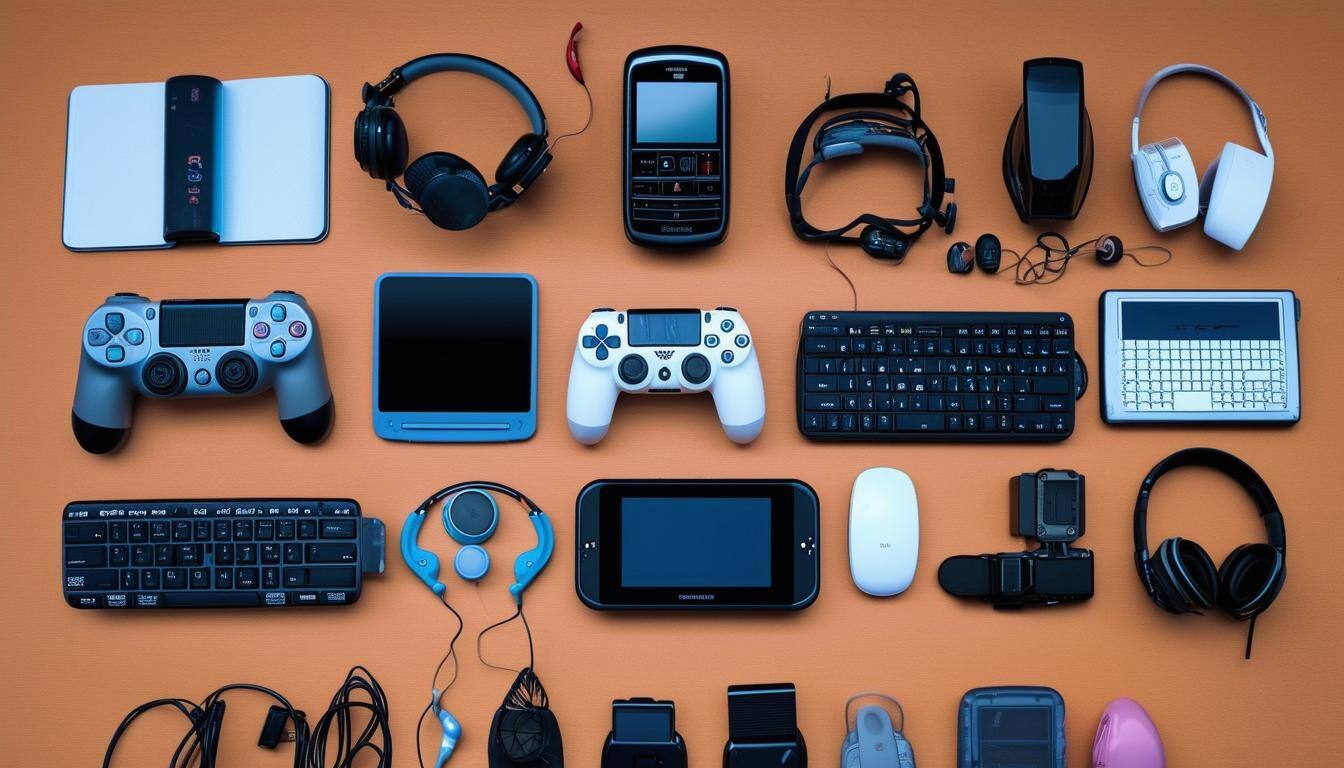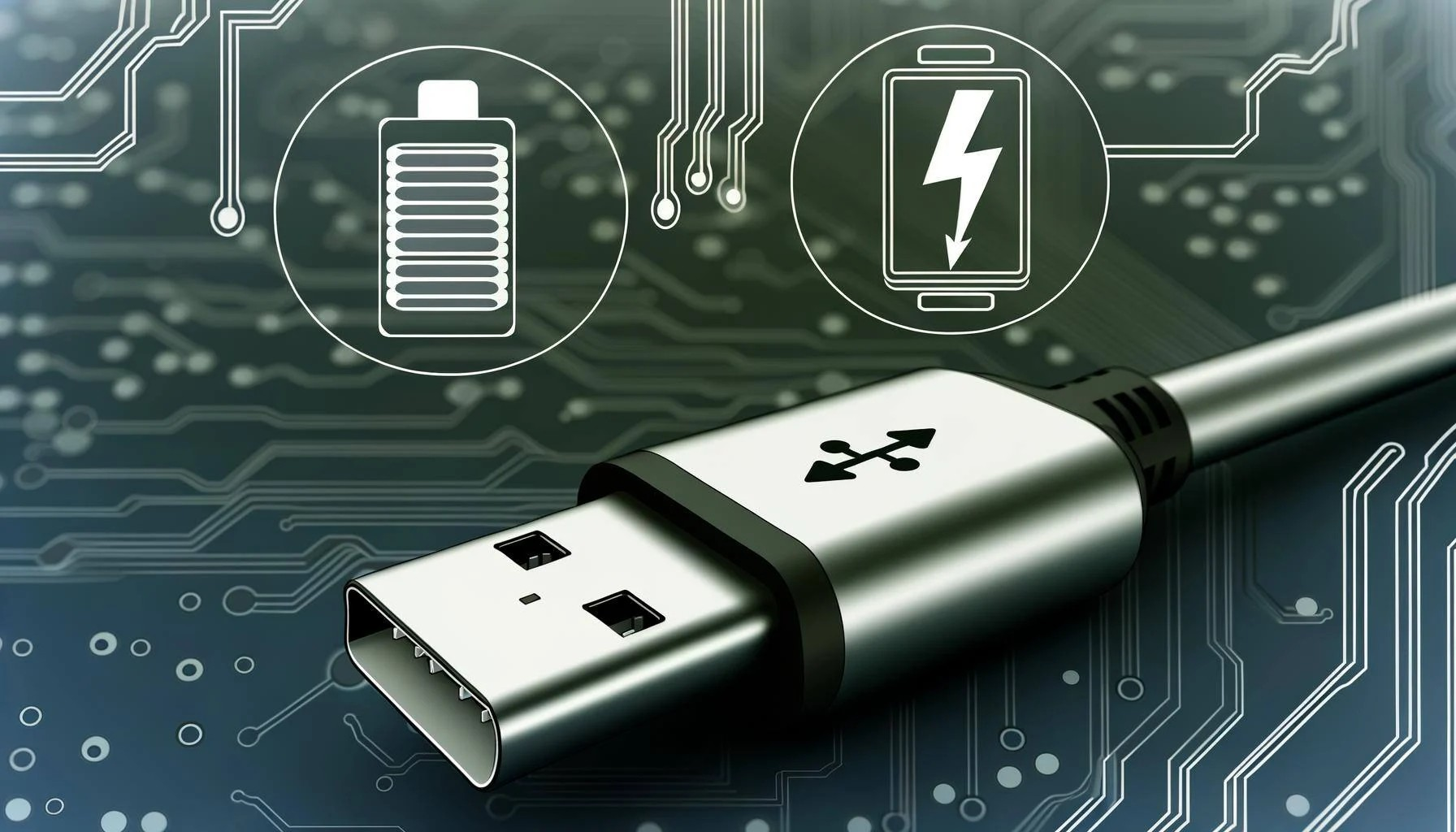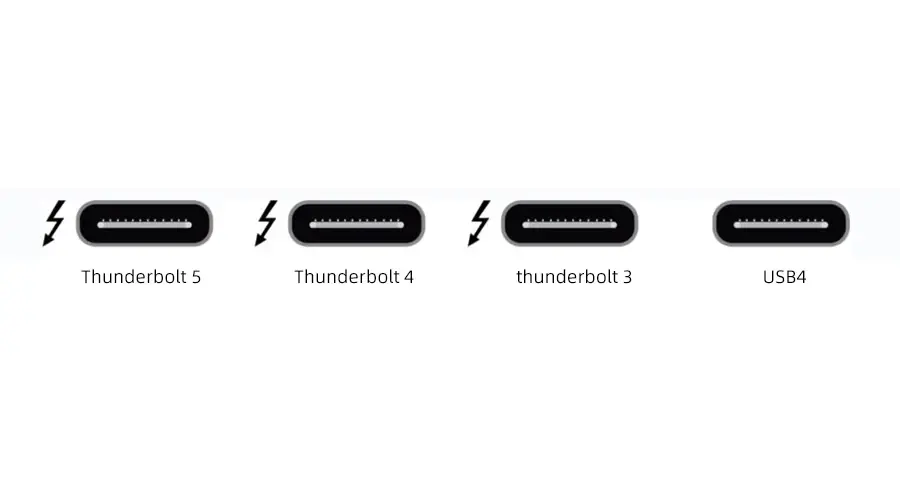By Wing Tseng – Test Engineer, GRL
As wireless communication becomes almost ubiquitous in daily life, dealing with Radio Frequency Interference (RFI) is increasingly important.
The impact of RFI on electronic devices and components is verified by compatibility testing according to the USB-IF specifications. Since a compatibility test can be somewhat subjective in its determination, the USB-IF released a new test – known as the USB 3.2 RFI System Level Test – on 1 April 2021. This article explores why to test for RFI, how to test, and how to determine test results.
Why test for RFI?
Because the 2.4GHz and 5GHz frequency bands used in modern Wi-Fi are close to the 2.5GH and 5GHz transmission rates in 3.2 Gen 1x1 and USB 3.2 Gen 2x1, USB devices occasionally cause poor wireless communication. Therefore, products undergoing USB-IF inspection must pass the RFI Test to ensure that their USB devices do not overly affect wireless quality.
In addition, the USB-IF also verifies the RFI impact of USB products on other wireless communication frequency bands, such as WWAN, LTE and 5G phone communication.
What types of products are required to pass USB 3.2 RFI System Level Test (“RFI Test”)?
Products that meet all the following conditions are required to pass the RFI Test.
- Use a USB Type-C® connector
- Support transfer rates of USB 3.2 Gen 1x1 or above
- Product features a Downstream Facing Port (DFP)
The following types of products are required to pass the USB 3.2 RFI System Level Test (see Table 1).
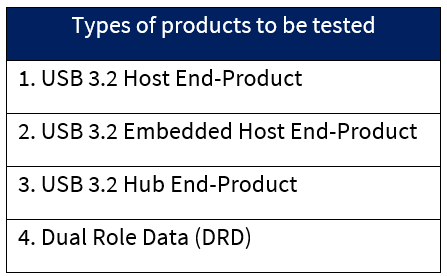
Table 1: Products that Require USB 3.2 RFI System Level Testing
Instruments for USB 3.2 RFI System Level Testing
The following equipment is necessary for USB 3.2 RFI System Level Testing (see Table 2)

Table 2: Test Equipment for RFI Testing
USB 3.2 RFI System Level Test Procedures
The key test procedures are as follows (see Table 3).

Table 3: RFI Test Procedure
How to Interpret the RFI Test Results?
Once the testing is complete, the results must be interpreted. A sample test specification is as follows (see Figure 1).
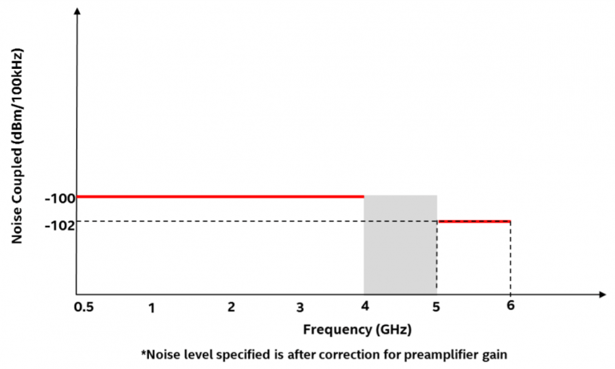
Figure 1: RFI Test Results
The criteria for determining test results are shown below (see Table 4).
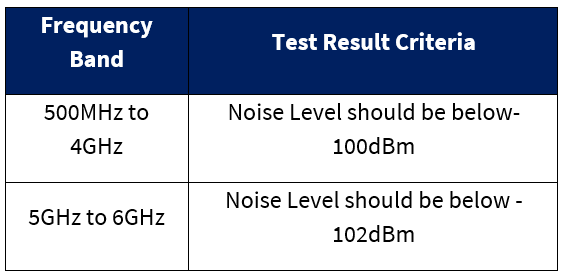
Table 4: RFI Test Criteria
Note: A careful review of this document reveals that there are no criteria for the 4GHz to 5GHz frequency band. That is because this band is not yet used in wireless communication.
Test Environment
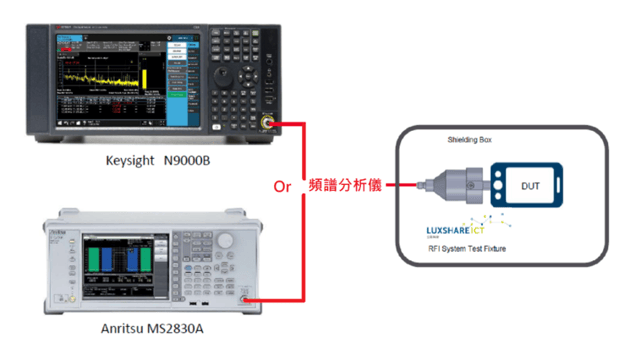
Figure 2: Standard Connection for RFI Testing
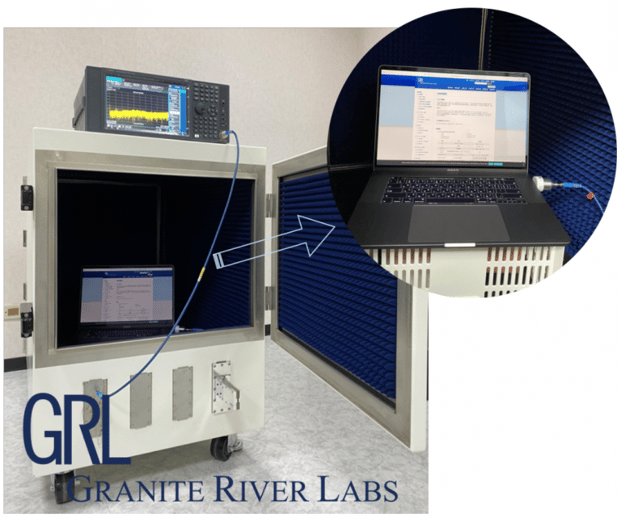
Figure 3: GRL RFI Test Environment
References
- USB RFI System Level Test Procedure, Rev1.0, August 21, 2020
- USB 3.2 RFI System-Level Test Procedure, Rev1.1, November 24, 2020
Author
By Wing Tseng – Test Engineer, GRL
As a Test Engineer for GRL Taipei, Wing Tseng is an expert in USB, PCIe®, SATA and DDR Interface Testing.
Specifications and descriptions in this document can be subjected to changes by GRL without prior notice.
Release date: 2021/04/08 AN-210408-TW

